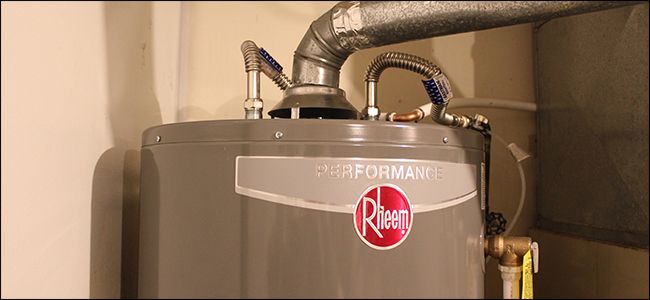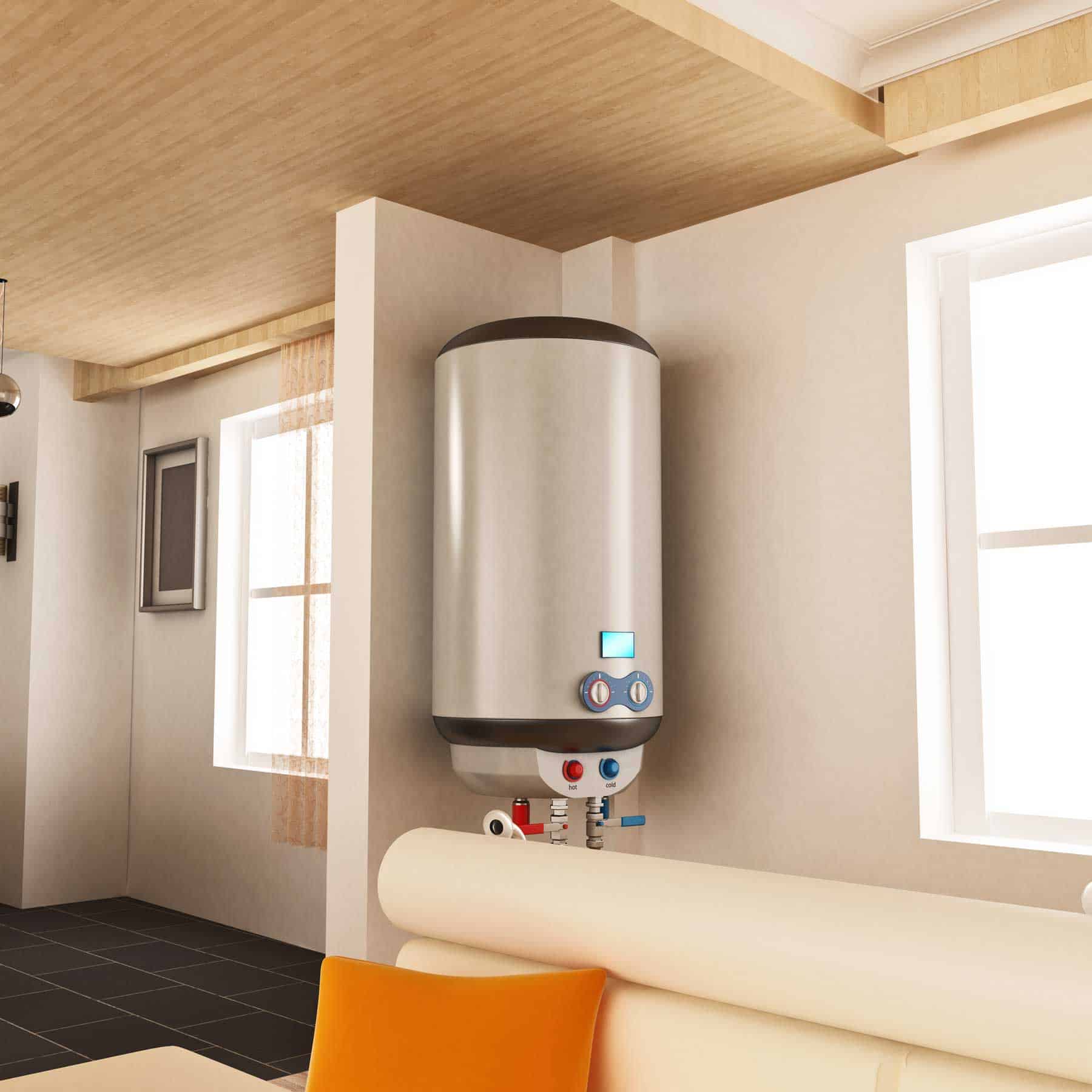This post down below in relation to How to Maintain a Hot Water Heater in a Few Simple Steps is definitely entertaining. Try it and draw your own personal findings.

Warm water is important for day-to-day convenience, whether it's for a rejuvenating shower or cleaning recipes. To guarantee your warm water system runs successfully and lasts much longer, regular maintenance is essential. This short article offers practical pointers and insights on exactly how to maintain your home's hot water system to prevent interruptions and pricey repair work.
Intro
Preserving your home's hot water system may seem overwhelming, however with a few basic steps, you can guarantee it runs efficiently for years to find. This guide covers whatever from recognizing your hot water system to DIY upkeep pointers and understanding when to contact specialist assistance.
Value of Keeping Your Hot Water System
Regular maintenance not just prolongs the life-span of your hot water system but likewise ensures it operates effectively. Neglecting maintenance can bring about decreased efficiency, higher power bills, and even premature failure of the system.
Signs Your Hot Water System Needs Upkeep
Knowing when your warm water system needs focus can prevent significant problems. Watch out for signs such as inconsistent water temperature level, odd sounds from the heating system, or rustic water.
Flushing the Water Heater
Flushing your water heater gets rid of sediment build-up, improving efficiency and prolonging its life.
Monitoring and Changing Anode Rods
Anode rods avoid corrosion inside the tank. Inspecting and replacing them when broken is essential.
Facility Problems Needing Specialist Help
Examples consist of significant leakages, electric issues, or if your water heater is consistently underperforming.
Routine Professional Maintenance Advantages
Professional maintenance can consist of extensive examinations, tune-ups, and making sure compliance with safety and security standards.
Checking and Adjusting Temperature Level Settings
Adjusting the temperature level settings guarantees ideal efficiency and safety.
DIY Tips for Maintenance
You can carry out a number of maintenance jobs on your own to maintain your hot water system in top condition.
Checking for Leakages
Consistently evaluate pipelines and links for leakages, as these can lead to water damage and greater bills.
Recognizing Your Warm Water System
Prior to diving right into maintenance jobs, it's practical to comprehend the fundamental components of your hot water system. Usually, this includes the water heater itself, pipes, anode poles, and temperature level controls.
Month-to-month Maintenance Tasks
Normal regular monthly checks can aid catch minor issues prior to they rise.
Examining Pressure Alleviation Valves
Testing the stress relief valve guarantees it functions correctly and protects against extreme pressure accumulation.
Insulating Pipes
Protecting warm water pipelines minimizes heat loss and can save power.
When to Call an Expert
While DIY upkeep is helpful, some problems require expert expertise.
Conclusion
Routine maintenance of your home's hot water system is crucial for efficiency, longevity, and cost savings. By following these suggestions and understanding when to seek professional assistance, you can guarantee a trusted supply of hot water without unexpected interruptions.
Water Heater Maintenance: The Basics
Maintaining your water heater will ensure it operates efficiently and has a longer lifespan. Neglecting regular maintenance can lead to costly repairs and an even bigger chunk of your savings if you have to replace it sooner than necessary. But there’s good news: Most water heater maintenance tasks are relatively simple and easy for homeowners with basic DIY skills.
Flush the Water Heater
Over time, sediment and minerals can build up in the tank, reducing its efficiency and potentially causing damage. To flush the tank, turn off the power or gas supply, attach a hose to the drain valve near the bottom and open the valve to drain the water until it runs clear. Ideally, flush the tank annually.
Replace the Anode Rod
The anode rod is a sacrificial metal rod that helps prevent corrosion inside the tank. Inspect and replace it every three to five years or per the manufacturer's recommendation. To replace the anode rod, turn off the power or gas supply, drain a few gallons of water from the tank, unscrew the old rod and replace it with a new one. If the anode rod is significantly corroded or covered in calcium buildup, it's a sign the water heater may need to be replaced soon.
Tune-Up
A yearly tune-up can help identify potential issues and ensure your water heater operates at peak efficiency. This typically involves checking the thermostat, burner assembly (for gas heaters) and any other components specified by the manufacturer. During a tune-up, the technician may also clean the burner and adjust the pilot light (for gas heaters) or examine the heating elements (for electric heaters).
How to Maintain Your Water Heater
Insulate the tank. Insulating the tank can improve energy efficiency and reduce heat loss, saving you money on energy bills. You can purchase precut insulation blankets designed specifically for water heaters or use standard fiberglass insulation wrapped securely around the tank. Check the temperature. The recommended water temperature for most households is around 120 degrees Fahrenheit (49 degrees Celsius). Higher temperatures can increase energy costs and potentially cause scalding. Use a kitchen thermometer to check the temperature at the faucet nearest the water heater. Monitor water pressure. Excessive water pressure can strain the water heater and cause leaks or even tank failure. Install a pressure-reducing valve if necessary. The ideal water pressure range is between 60 and 70 PSI (pounds per square inch). Test the temperature and pressure (T&P) relief valve. The T&P relief valve is a safety feature that releases pressure if the tank gets too hot or the pressure builds up too high. Test it annually by lifting the lever and allowing a small amount of water to release. Replace the valve if it doesn't release water or reseal properly. Check for leaks. Regularly inspect the tank, pipes and fittings for leaks or corrosion. Deal with issues promptly to prevent further damage. Even a small leak can lead to significant water damage over time. Consider a tankless water heater. If your traditional tank-style water heater is nearing the end of its lifespan ( typically 10 years), consider replacing it with a tankless water heater. These units heat water on demand, reducing standby energy losses and potentially saving you money on your energy bills. Schedule professional maintenance. While homeowners can perform many water heater maintenance tasks, it's still a good idea to schedule professional maintenance every few years. A plumber or HVAC technician can thoroughly inspect the unit, identify potential issues and ensure it operates safely and efficiently. https://www.homeserve.com/en-us/blog/home-improvement/hot-water-heater-maintanence/

I ran across that entry about Tips For Maintaining Your Hot Water Heater when doing a lookup on the internet. If you please take a moment to share this post if you liked it. Thank you so much for going through it.
Schedule And Pricing